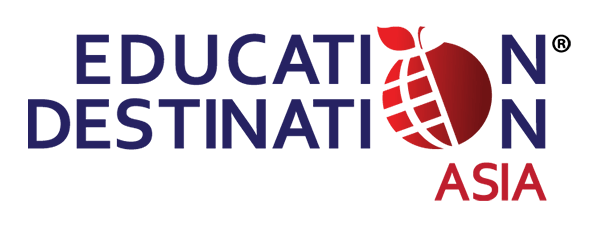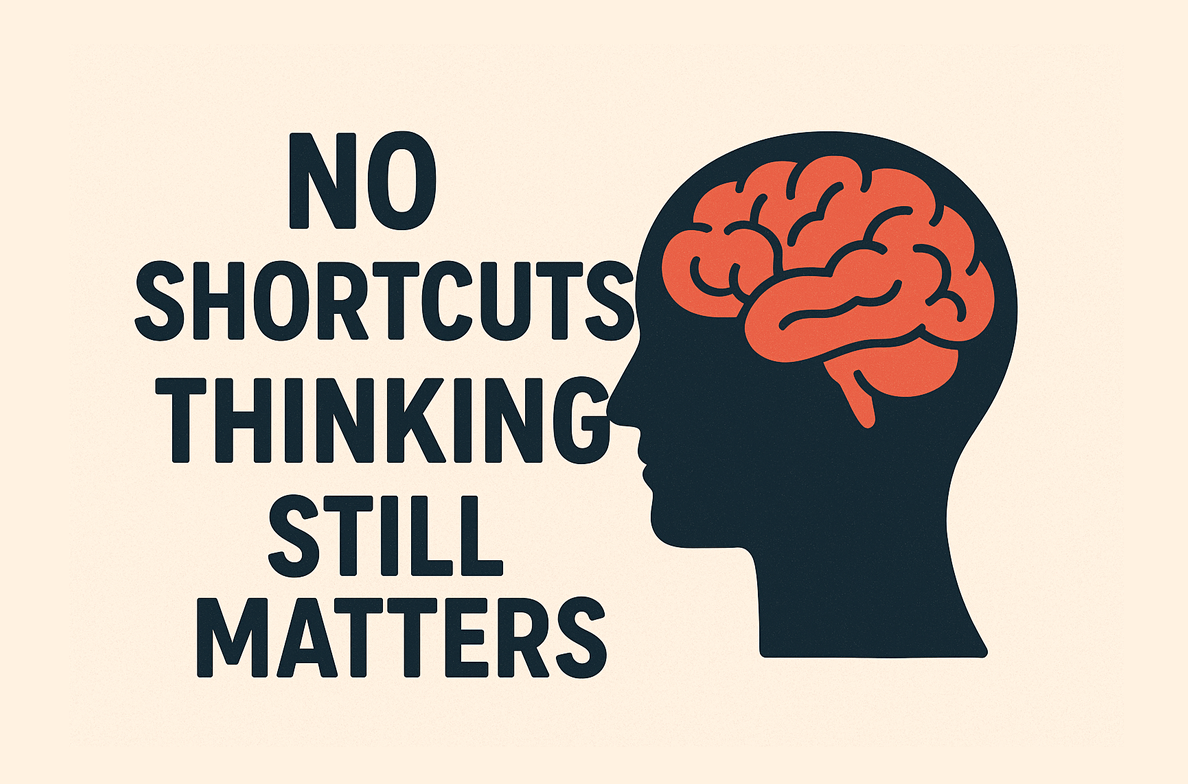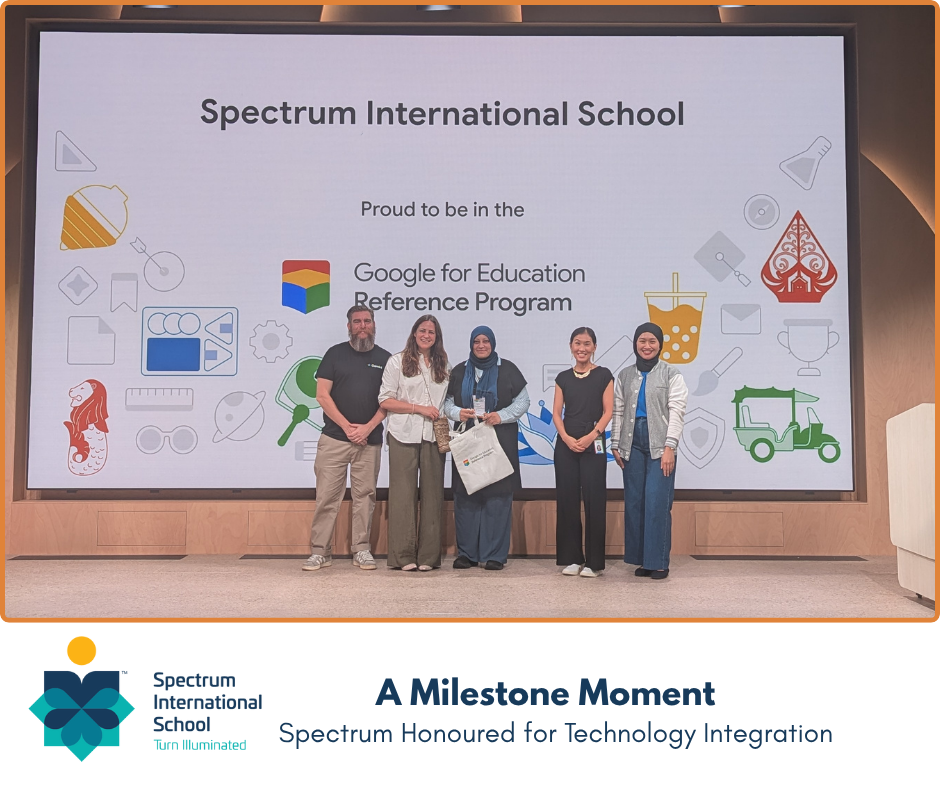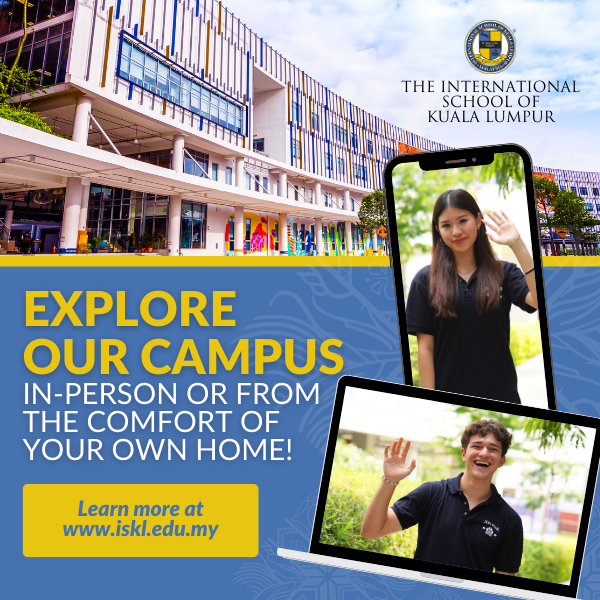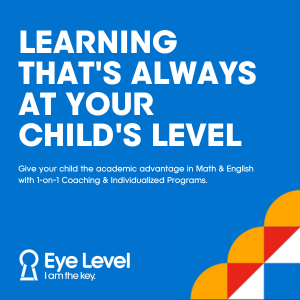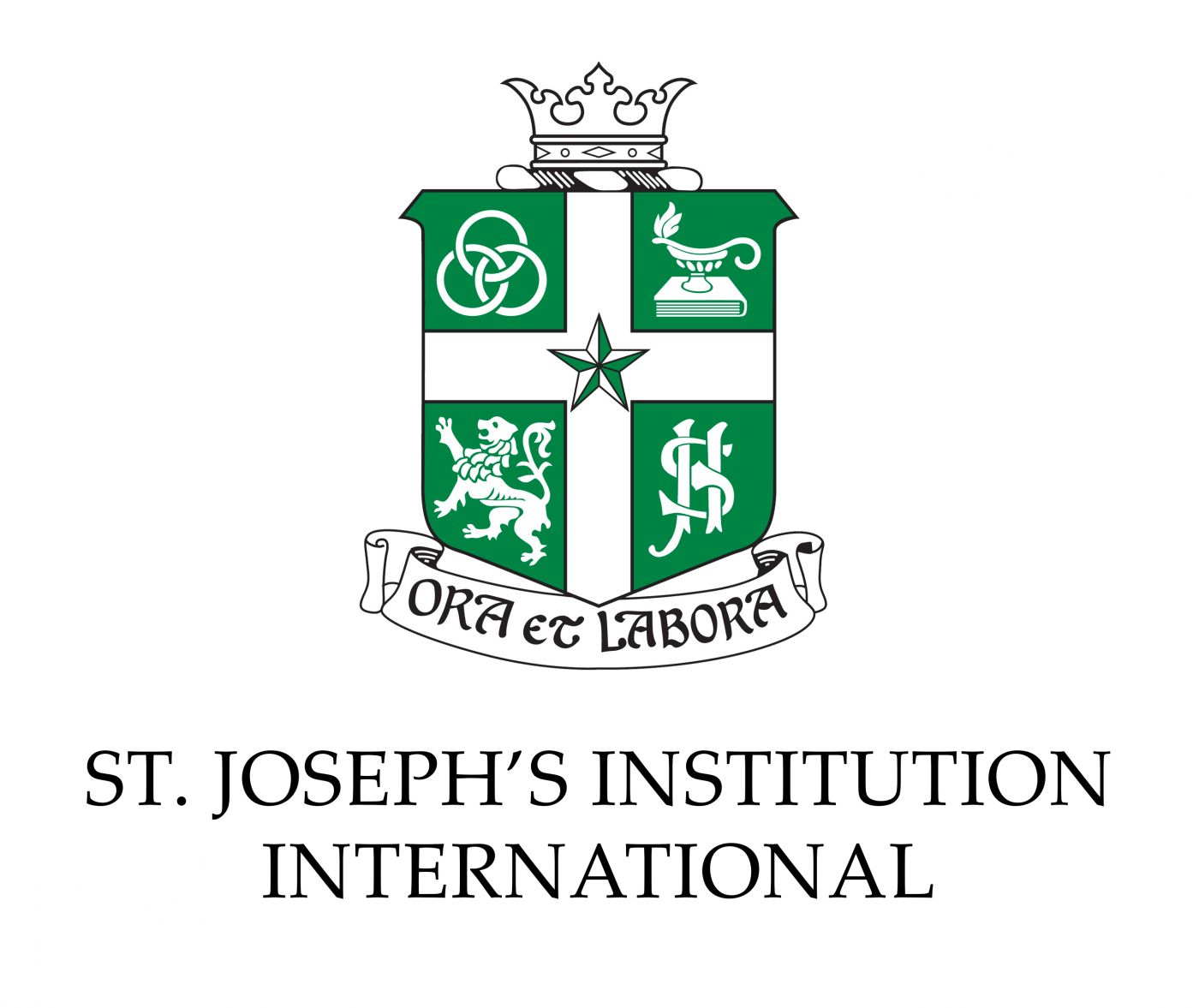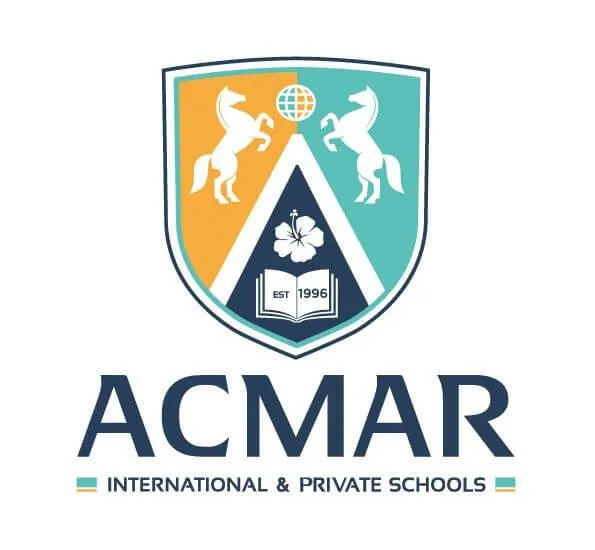The Australian Curriculum caters to children from their preschool year to Year 10. The curriculum is supervised by the Australian Curriculum, Assessment, and Reporting Authority (ACARA). Once students complete the Australian Curriculum, they will proceed to sit for the New South Wales Higher School Certificate (HSC), an internationally-recognised examination that would let students further their studies at universities anywhere around the globe.
The Australian Curriculum has three dimensions: Learning Areas, General Capabilities and Cross-curriculum Priorities.
Learning Areas
There are eight learning areas for students who adhere to the curriculum: English, Mathematics, Science, Health and Physical Education, Humanities and Social Sciences, the Arts, technologies and Languages.
English is an important subject for students as they learn to analyse, comprehend, communicate and bond with their community. Through the study of English, students develop literacy skills that are essential for their education and also for their future careers. Basic mathematical skills are needed by individuals in their daily life, and this numeracy skill is honed through learning Mathematics. Science is a subject that teaches students the important processes and concepts of science, the methods of deriving scientific knowledge and the contributions that science has made to society. Science would come in handy for students who have plans to pursue a science-related career.
Through Health and Physical Education, students are able to be physically active and gain the knowledge needed to take care of their wellbeing. The Humanities and Social Sciences comprise five subjects, namely Civics and Citizenship, Economics and Business, Geography and History. Through these subjects, students learn to be informed citizens, to familiarise themselves with the roles that businesses and governments have in the economy and to be aware of the existing communities across the globe and their respective histories.
The Arts help students to develop the ability to engage, inspire, imagine and express their creativity. Technologies consist of Design Technologies and Digital Technologies. Students learn to work with the latest technologies and create new ideas for the modern world. Lastly, Languages are part of the curriculum because they train students to be flexible communicators with people from different cultural backgrounds. The subject has a language-specific curriculum for many world languages, along with the Framework for Aboriginal Languages and Torres Strait Islander Languages, and the Framework for Classical Languages.
General Capabilities
As for General Capabilities, there are seven components that are part of this dimension. The components include Literacy, Numeracy, Information and Communication Technology (ICT) Capability, Ethical Understanding, Critical and Creative Thinking, Personal and Social Capability along with Intercultural Understanding. General capabilities are honed by students through the application of their behaviours, skills, depositions and knowledge in their learning process and daily lives.
Each component has its own learning continuums. Firstly, the literacy component includes two continuums; the first is comprehending texts through listening, reading and viewing; and the other continuum is composing texts through speaking, writing and creating. The continuums for numeracy consist of using measurement; interpreting statistical information; using spatial reasoning, fractions, decimals, percentages, ratios and rates; recognising and using patterns and relationships; along with estimating and calculating whole numbers. Information and Communication Technology (ICT) Capability involves applying social and ethical practices when using ICT; along with managing, operating, investigating, creating and communicating with ICT. As for the learning continuum of Ethical Understanding, it includes exploring values, rights and responsibilities; understanding ethical concepts and issues; along with reasoning in decision-making and actions.
The continuums that make up Critical and Creative Thinking are reflecting on thinking and processes identifying, exploring and organizing ideas and information; generating ideas, possibilities and actions; and analysing, synthesising and evaluating reasoning and procedures. Personal and Social Capability learning continuums are self-management; self-awareness; social awareness; and social management. Last but not least, the elements that make up the learning continuum of Intercultural Understanding are recognising culture and developing respect; interacting and empathising with others; and reflecting on intercultural experiences and taking responsibility.
Cross-curriculum Priorities
As for Cross-curriculum Priorities, there are three components that make up this dimension. The purpose of this dimension is to expose students to engage with and have a better understanding of the different communities that exist in Australia and across the world. Learning takes place around the Aboriginal and Torres Strait Islander histories and cultures; Asia and Australia’s engagement with Asia; and the issue of Sustainability where valuable and insightful conversations take place between the teacher and the students in the classroom.
The Aboriginal and Torres Strait Islander histories provide students with a better understanding of their culture and identity in society while it enables students of different cultures to understand and recognise one of the world’s oldest cultures and to develop respect for it. Besides that, the component of Asia and Australia’s engagement with Asia will help students to have a better understanding of Asian cultures and communities among people in Australia and even on a global level. Students will then be able to prepare themselves If they have a future goal of either pursuing an education or a career in Asian countries. Furthermore, the Sustainability component provides students with the appropriate knowledge and skills to live a more sustainable lifestyle that would help protect the environment and preserve nature and its resources for the current and future generations.
Flexibility With Assessment & Courses
The Australian Curriculum promotes flexibility through their assessments and courses, in the final two years of schooling, students will be assessed in two ways: the first half of the total grades are contributed from a national final exam while the second half of the total grades are contributed from school-based exams, assignments and projects. Moreover, the curriculum also allows students to have the freedom of studying subjects from different areas. Students are at an advantage when selecting university courses because they have been able to complete a number of prerequisite subjects during the HSC that would cater to their desired higher education path.
The success of the Australian Curriculum is achieved through the interlinked dimensions of Learning Areas, General Capabilities and Cross-curriculum Priorities. The curriculum does not only prepare students to be well-rounded individuals ready to proceed with their tertiary studies and future career path, but also creates students who are competent in terms of their thinking, skills and capabilities which would help them to navigate around the ever-changing world.
International School Offering the Australian Curriculum
Currently, there is only one school in Kuala Lumpur that offers the Australian curriculum which is Australian International School Malaysia (AISM).





